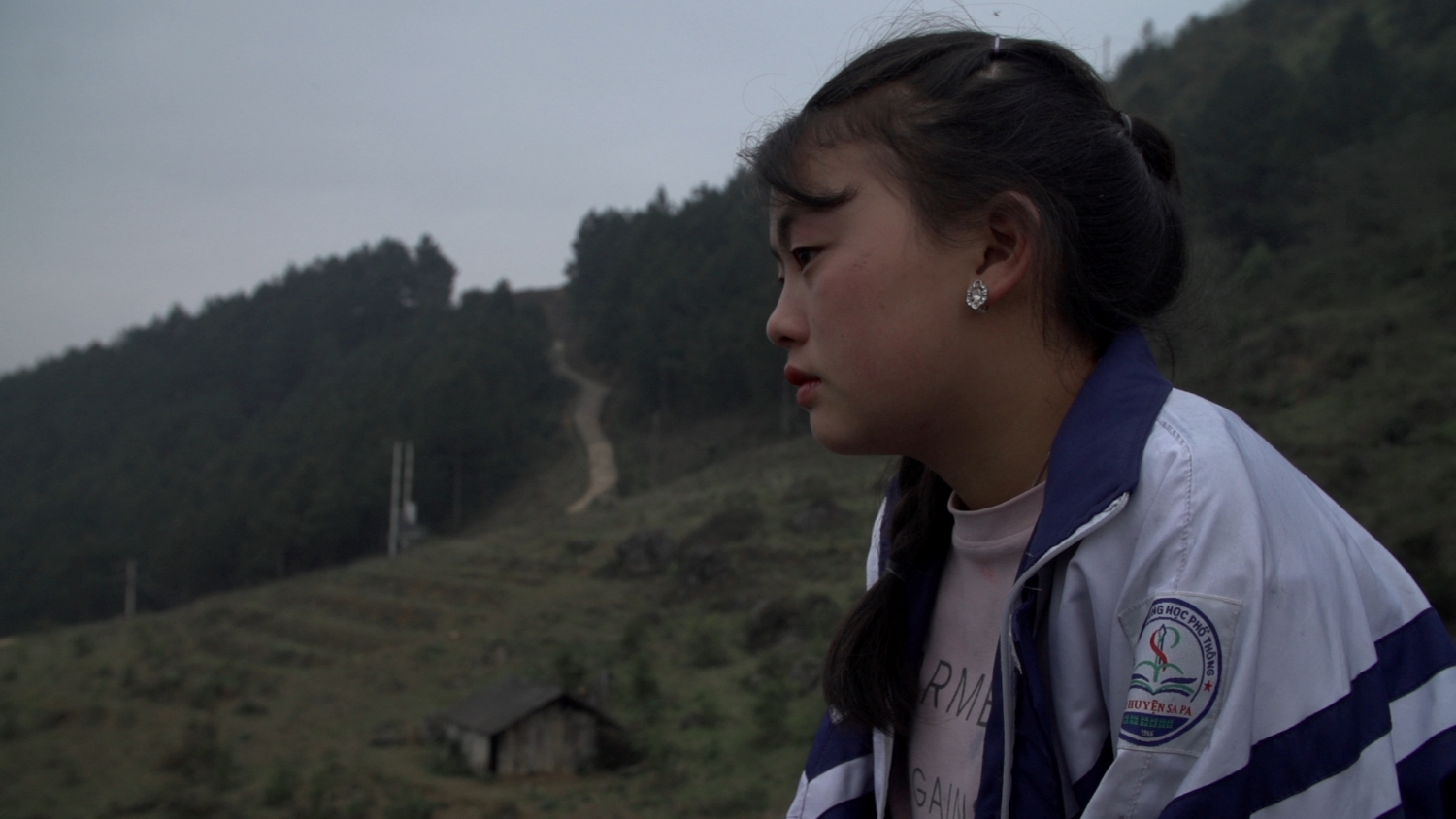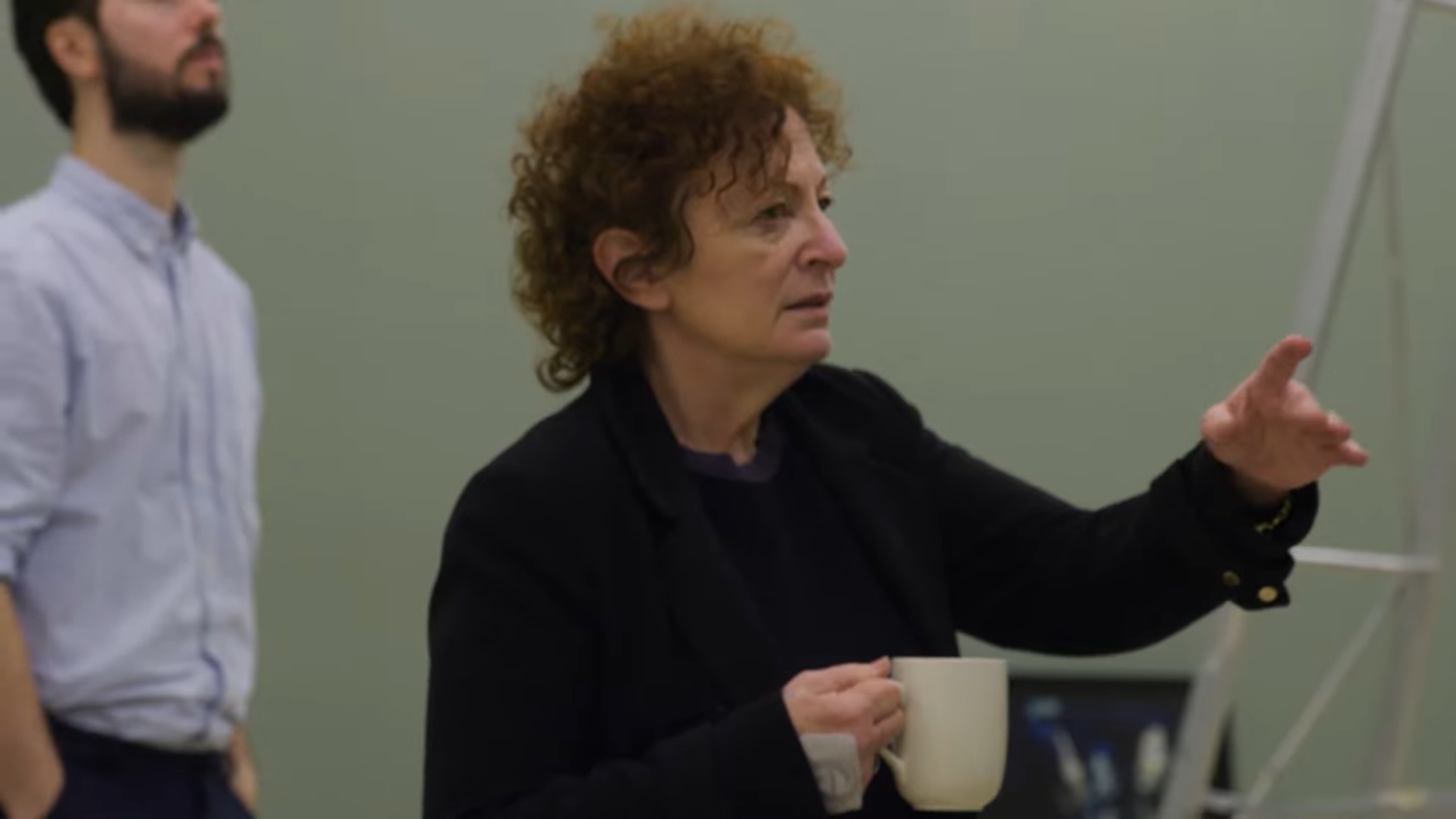Children of the Mist
(Vietnam, 90 min.)
Dir. Hà Lệ Diễm
High in the mountains of northwest Vietnam, the young boys of the Indigenous Hmong community celebrate the Lunar New Year with a tradition: bride-knapping. As Di, the young subject of Children of the Mist, explains to director Hà Lệ Diễm, girls her age are scooped frequently. The practice happens when a boy decides he wants to marry. Said boy and his friends or family members abduct a prospective bride and bring her home. They give her three days to accept a proposal, surrender, or leave. Families have daughters and sisters vanish and never see them again. Rape becomes prevalent, as does human trafficking. The girls grow up with an edginess, wary of their vulnerability, while their parents turn to drink to cope with the burden of stolen children.
Children of the Mist, which is one of fifteen titles on the Oscar shortlist for Best Documentary Feature and won the first look Pitch Prize at the 2020 Hot Docs Forum, captures Di’s plight with urgency and immediacy. It’s an intimate portrait as Di finds far more than an observer in Diễm. The filmmaker doubles as her subject’s security blanket as the young woman comes of age before the camera. However, Diễm films the story without judgment or interference. What follows is the transferral of inaction. The film places viewers in the position of being forced to accept things as they are. Children of the Mist laudably sees Diễm juggle incredibly complex roles while respecting the ways of the people she documents.
“Capture the Bride”
Diễm begins the story with Di as a young girl and then resumes filming three years later. The contrast is striking. The younger Di plays a game of “capture the bride” with her friends. When she turns thirteen, however, Di realizes that bride-knapping isn’t child’s play. As she and her friends discuss boys and sex, and flirt with classmates on Facebook, she remains cautious. Her sister is among the girls who disappeared, while friends of hers are raped and violated. Even her dad drunkenly tries to revive a few rounds of “capture the bride.”
Children of the Mist then takes an achingly powerful shift as Di befriends a boy her age named Vang. There are early glimpses of young love as Diễm observes the young teens strike up an early boyfriend/girlfriend relationship. It isn’t long, though, until Vang encourages Di to hop on his motorbike and visit his village. Diễm follows in hot pursuit. As her handheld camerawork becomes shakier—but by no means as harrowingly frantic as it will later—she observes Vang and Di drive into the distance.
The weight of the date becomes alarming when Diễm returns to Di’s home. Di’s mother canvases the neighbourhood to learn more about Vang, his family, and character. His friends vouch for him, which reassures the mother. However, she connects with Di by phone and nevertheless pleads with her increasingly rebellious daughter to take precautions to survive the night: stay awake by the fire, or sleep with Vang’s sister, she says in between sips of homemade rice wine.
A Portrait of Collective Loss
Diễm finds in Di’s story the larger dilemma that the Hmong community faces. Vietnamese authorities forbid the practice of bride-knapping, but it remains common. Di’s teachers therefore assume an additional role in the community. They monitor the girls’ well-being, and that of the boys who are equally too young to leave school, and act as intermediaries between the families. As Di finally returns and speaks up, she is clearly shaken and in distress. However, she also worries about the consequences of rejecting him and they defer the drinking of the ceremonial “break-up wine” to nullify the bid.
The teachers, though, encourage the pragmatic compromise: let Di finish school before deciding either way. Vang is equally flustered as he admits to Diễm that he doesn’t know why he kidnapped Di. He’s stuck in a predicament, having been forced to leave school early and support his family. He’s growing up awfully fast and expected to fulfill an adult life when he’s barely a teenager.
The kidnapping/marriage, moreover, features social and financial implications. Families in the community generally rely on rice farming to survive. The government, however, offers scholarships and support for youths to facilitate education and social mobility. Marrying off therefore alters one child’s future to facilitate another’s stability. Di’s parents agree to negotiate. Diễm observes as they try to find the best middle ground with the right dowry.
The situation moves quickly and Diễm again finds herself running after Di. This time, however, the girl doesn’t go willingly. Diễm adheres to her role as filmmaker and observer, difficult as it may be, as Di’s dragged kicking and screaming towards her fate. In doing so, Diễm captures the collective agony of a community that sees its daughters roll carried away with the mist. As with the cycle of rain, sunshine, clouds, and more rain that shrouds the damp mountainside, there’s no end in sight. Children of the Mist skilfully avoids any claim to the community and to their stories. There isn’t necessarily a sense of hope, nor a sense of dread, by the end. Things simply carry on as they are.
Children of the Mist is now playing in select theatres.
It opens in Toronto at Hot Docs Ted Rogers Cinema on Feb. 15.














